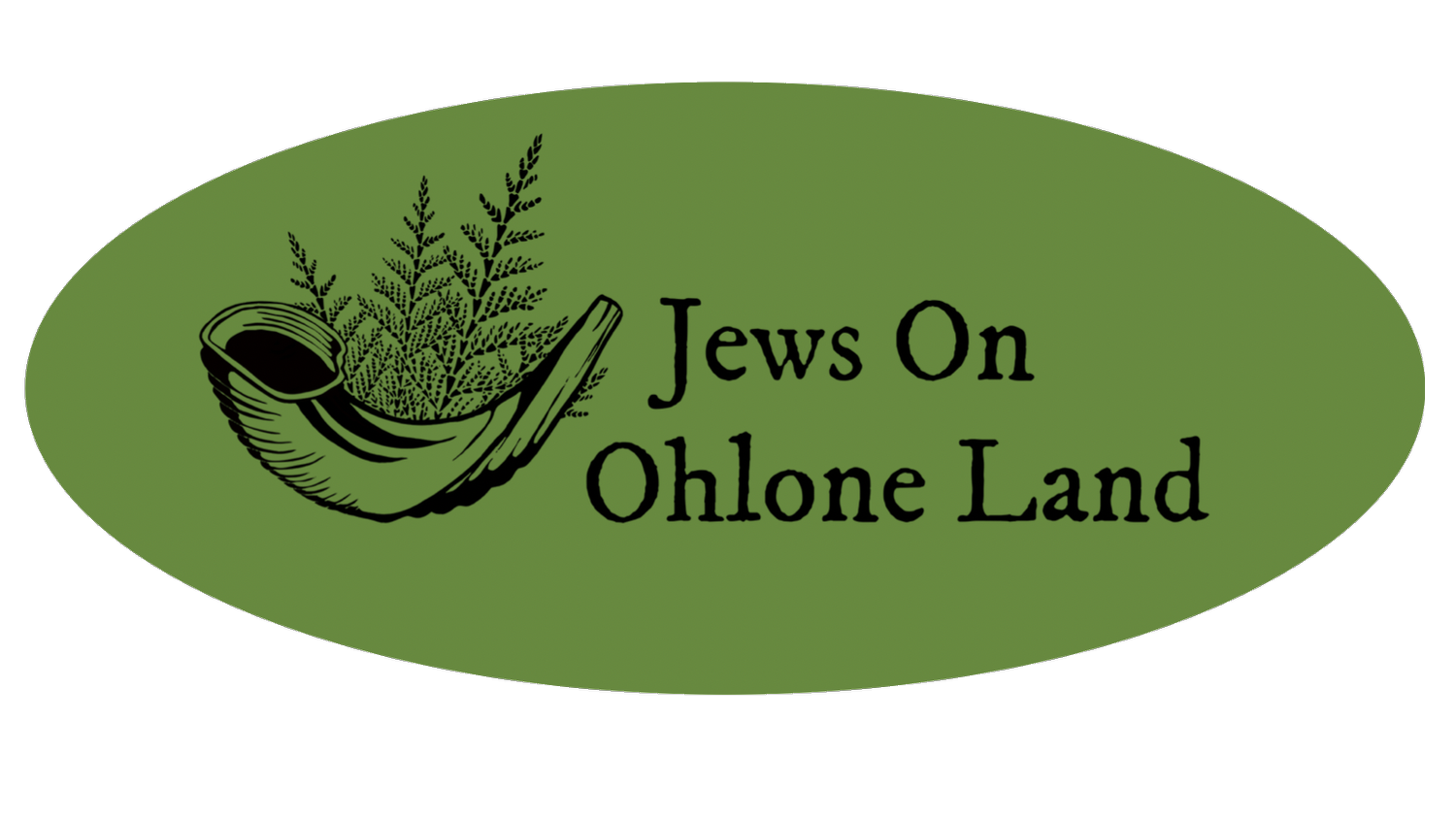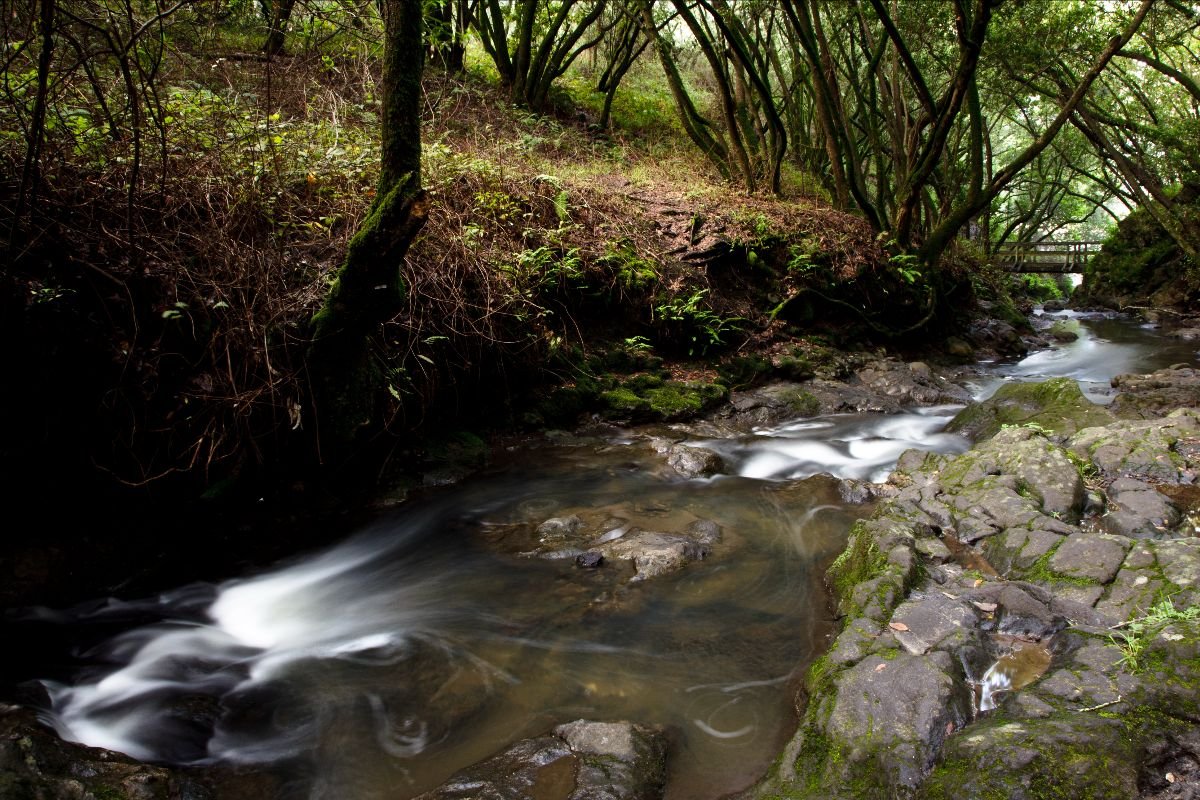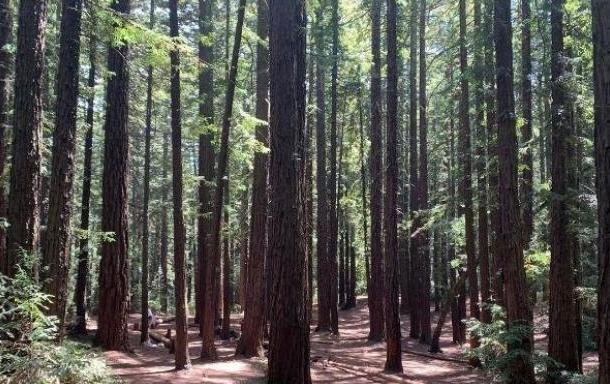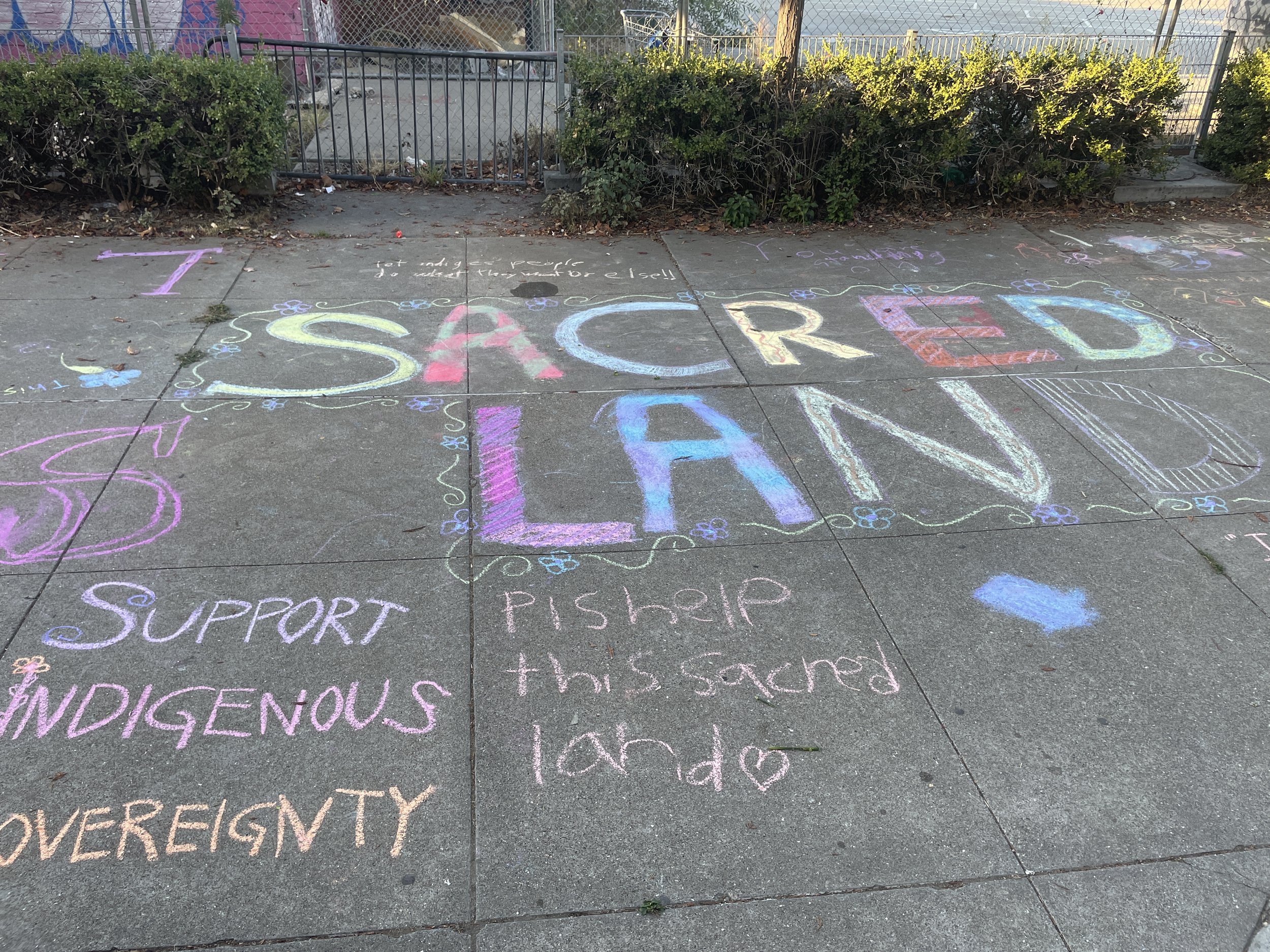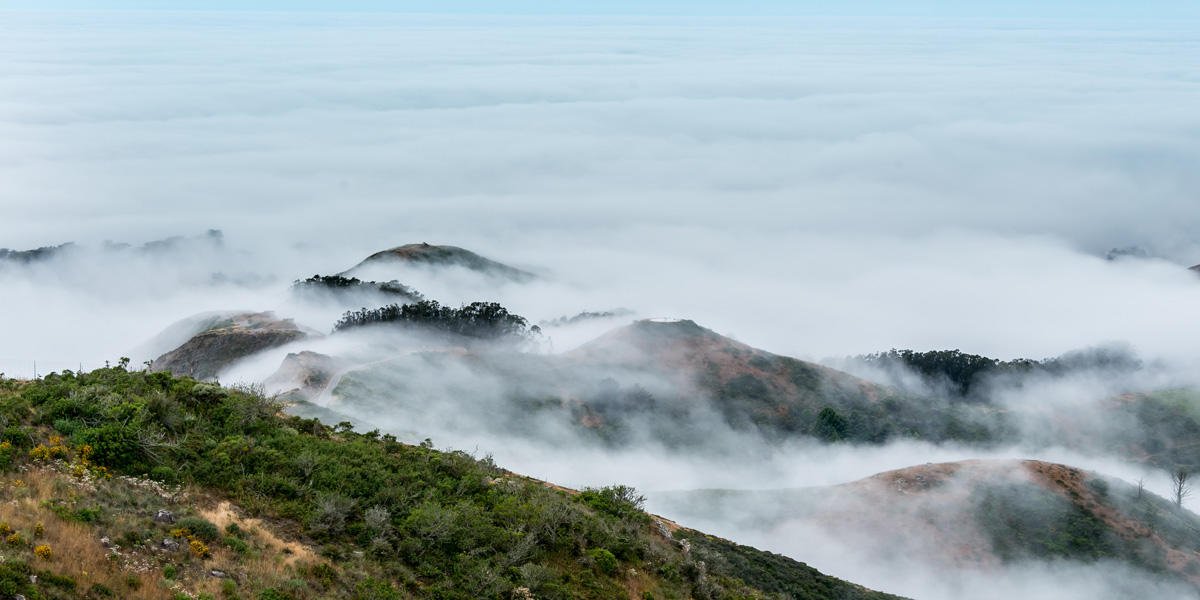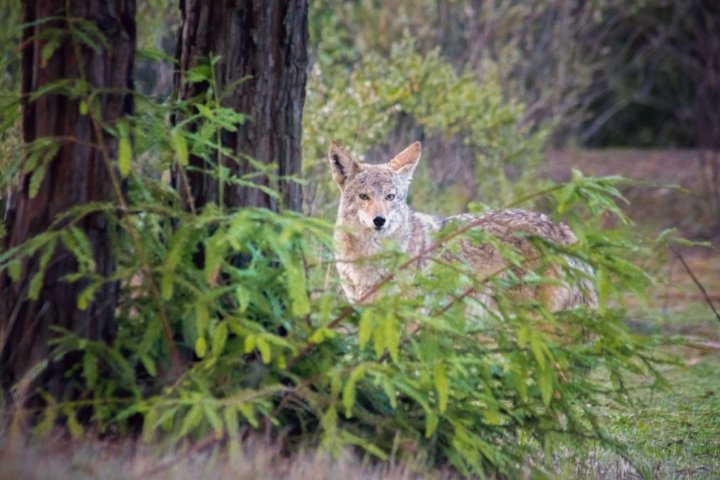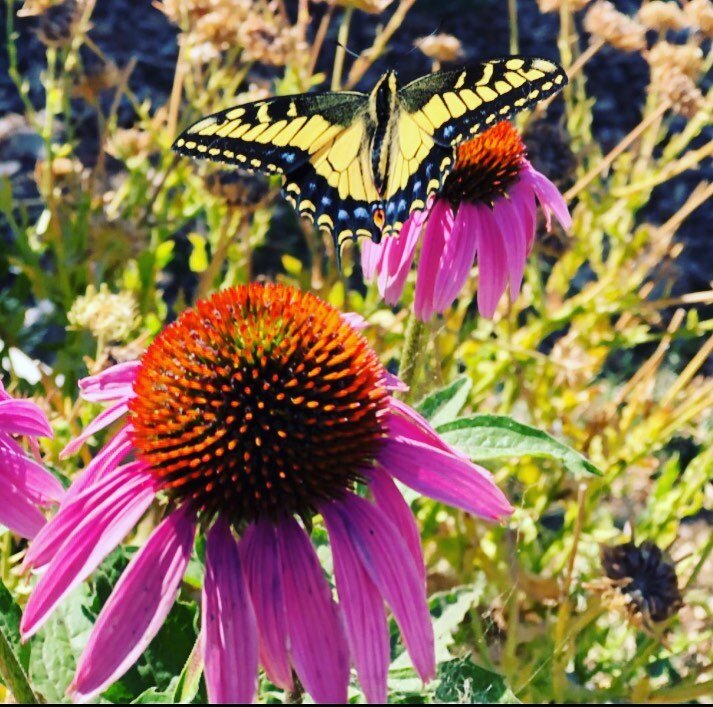Subscribe to our monthly newsletter
To stay updated on events and actions by signing up for our newsletter!
Newsletter Archive
March 2023
It's a blessing when we can connect to the land where we live through Jewish wisdoms. Like tekufot (תקופות): the turning of the four seasons. This name comes from the Talmudic rabbis. If we name the things that matter, maybe the rabbis wanted to be in deep relationship with changing land…
February 2023
After weeks of torrential rains in Huichin, we can now feel the early tendrils of spring emerging. Have you seen the magenta blooming magnolias, neon yellow sour grass, or the return of green covered hills? What changes are you noticing?
In Jewish time, we are in the month of Shevat, known as the time between winter and spring, a time of tender transitions. The fifteenth of Shevat - or Tu B’shvat - is the new year of the trees…
January 2023
As we watched the Hanukkah candles burn down for eight nights and crossed the threshold of the darkest day of the year, what have we been learning from darkness? In a T’ruah drash, Rabbi Dev Noily interprets darkness through a Jewish and racial justice lens, reclaiming the generative power of darkness. They write, “[d]arkness is associated with the generative state that precedes [the creation of the world]”…
December 2022
Cool winds blow ruby-colored leaves over Huchiun. Ochre sunsets reflect Earth’s winter beauty. Darkness awaits, hovering over us with sparkling midnight blue skies. This beautiful, sacred land is the unceded ancestral territory of the Lisjan Ohlone people
The Lisjan are among those leading today’s LANDBACK movement, returning land to Indigenous hands, revitalizing their languages and cultural practices, rebuilding sacred circles of prayer and ritual on recovered lands.…
November 2022
In the Jewish calendar, we are in the month of Cheshvan. This stretch of time is associated with the cedar tree. Our friend Dori Midnight shares this story of cedar's significance in Jewish tradition:
"Ancient Israelite Priestexxes offered cedar smoke at the entrance to the Temple for cleansing. Cedar is a tall, magnificent coniferous tree that has long been held sacred for its medicinal, magical, and spiritual properties in Jewish tradition. . .
October 2022
We are in the month of Tishrei, which began with Rosh Hashanah, in a new year and cycle. With this new beginning came the end of the shmita year. Shmita gave us a chance to slow down, connect in new ways, love on the earth and each other, and honor the universal need for rest. Coming out of shmita, we might jump right back into our activities, plant in abundance, load up on committees and commitments. As we move into action, can we also take time to observe, deepen our awareness of what's alive at our doorstep, and ask ourselves where and how we feel called to support change and regeneration…
September 2022
The Jewish High Holy Days are rich with metaphor. In one image G-d reviews our actions, deciding whether to inscribe us in 'The Book of Life' or 'The Book of Death' for the coming year. It's heavy. Thankfully, a rabbinic midrash tells us that ‘three things void bad decrees, and they are: tefilah, tzedakah, and teshuvah.’” (Bereishit Rabbah 44:12)
Sogorea Te’ Land Trust invites us to show up in ways that mirror these three Jewish practices…
August 2022
"Given its spiritual and physical force, it’s no surprise that we often call the sound a shofar makes a blast. An ancient instrument typically carved from a ram’s horn, Jews have been blowing shofars for centuries announcing to the community: Come! Wake your mind, body and spirit! We have much to do. Come rejoice! Mourn! Fight! Pray! Whatever the occasion, it's a call to action. A morning alarm clock. A sacred siren. Breaking through our regular activities with purpose and kavanah (intention)…
July 2022
Huichin summer - gray fog punctuated by bright sunny afternoons - mirrors the moment. It can feel unnerving. July, the month of Tammuz in the Hebrew calendar, brings no Jewish holidays. This month, our connection to our ancestors and each other does not find an easy Jewish hook. We have to dig deeper.
The work of digging deep is even harder and more necessary given SCOTUS’ recent decisions that darken our collective skies. Striking down the right to an abortion and bodily autonomy, undermining existing gun control, and gutting EPA scientists' protection of our environment accelerate the violences that began with colonization. These violences are rooted in separation between people, and between people and the earth…
June 2022
Plantain, a common garden "weed," is often overlooked in our yards, landscapes, and lives. You have most likely seen it, growing behind your house or in the cracks in the sidewalk, but have probably paid it little mind. Unlike many non-native plant species, plantain has made itself a useful part of the ecosystem, providing food and medicine without dominating or displacing its neighbors.
In her book Braiding Sweetgrass, Robin Wall Kimmerer describes how plantain can serve as a model for how non-Indigenous people can live as good guests on Indigenous land. “Its strategy was to be useful, to fit into small places, to coexist with others around the dooryard, to heal wounds. Plantain is so prevalent, so well integrated, that we think of it as native… [it] is not indigenous but ‘naturalized.’”
May 2022
The practice of counting the Omer begins on the second night of Passover. We count seven weeks, ending with the holiday of Shavuot, associated with the receiving of the Torah on Mount Sinai. This practice of counting serves as a bridge in time from the transformation of Exodus, a people becoming free from oppression, to the revelation of Torah, a guide map for building a communal infrastructure for holiness in relationships. Each day, each count, moves us closer to the latter.
As non-indigenous folks living on unceded Lisjan Ohlone land, many of us are first aware of historic and ongoing oppression of Indigenous people, then our complicity in the colonial project of their erasure…
April 2022
Passover is just a week away. Rabbi Dev Noily, co-founder of JOOL, reminds us of a powerful practice we can weave into our holiday observance.
”The acorn on the seder plate asks how our ancestral story is reflected in, and contrasted to Indigenous experience, how our liberation empowers us and obligates us as accomplices in rematriating the land where we live, and what it means to live as good guests here."
Read the rest of Rabbi Dev's essay. And download a flyer to have at your seder and share with others.
March 2022
As we begin Adar II, we are invited to welcome greater joy into our lives, into our beings. What better way to do that than allowing nature's flora and fauna to bestow their life-force upon all who respect them.
Listen closely and you can hear the white bells of the manzanita flowers ringing. Under the redwoods, the purple tongues of houndstooth flowers are calling us in. Warrior's plume, an herb native to Ohlone lands, has emerged before the spring is full, as it should. This deep red and green plant may also be giving us the message of Shmita, to rest, since it can be used in a tea to relax muscles and relieve anxiety…
February 2022
We're almost at the midpoint of Shmita, a year of rest and release. And, as Andrew Grace Vickery of Shmita Hives suggests, "It's not just about rest. It's about what's possible when you rest." What a gift from our tradition, such extended transformation. Dayenu!
This is also a leap year in the Jewish calendar. The sage Hillel realized that a strictly lunar calendar would keep drifting and eventually, our holidays would no longer be tethered to the cycles of the land…
January 2022
In less than two weeks, we'll celebrate Tu B'Shevat which is known as the new year of the trees. More and more of us have been waking up to truths about our tree kin…
What if we imagined the entire East Bay as a sacred forest, the Forest of Huchiun? A single living organism that holds all life, human and more than human. In this forest, Indigenous life is not contained to a few plots of land. It is germinating and blooming everywhere, from the bay to the hills. If you close your eyes and take a slow, deep breath, can you see it?
December 2021
This month can feel so shaped by endings and beginnings. The close of one year and the start of another. A review of past resolutions and the creation of new ones. The candles of our menorahs, lit from left to right. These markers and moments are stacked, one on top of the other. They extend out into the horizon, like an pier disappearing into the Bay Area fog.
December in Shmita creates some new possibilities. In this interview, JOOL's co-founder, Rabbi Dev Noily, offers an alternative way to think about time that's rooted in our tradition…
November 2021
We have entered the month of Kislev in the Hebrew calendar. Here on Lisjan Ohlone land, as in much of the northern hemisphere, the days are shortening and the nights are growing longer. We are moving into a colder, darker, and hopefully wetter time of year.
This Kislev comes during shmita, the seventh year of the Hebrew calendar marking a time of rest, release and restoration for the land, the body, and the soul…
October 2021
This week's parashat (Torah portion) is Noach, Genesis 6:9-11:32. It includes the famous Tower of Babel story, where Noah's descendents are one people with one language living in uniformity. They say, "Come, let us build a city, and a tower with its top in the sky, to make a name for ourselves..." God is furious. As punishment, the people are given different languages so they cannot understand one another and they are scattered upon the earth.
We can look at this parashat through the lens of Jews in diaspora who are trying to live in solidarity with Indigenous people.
September 2021
Rosh HaShanah begins as the sun sets on Monday, September 6th, heralding the start of the new cycle in the Hebrew calendar, and the beginning of a shmita year.
Shmita (which translates to “release”), occurs every 7th year in the Hebrew calendar, and is a year of rest, reset, and restoration on agricultural, cultural, and spiritual levels…
August 2021
This summer, several JOOL members traveled to Anishinaabe territory in Northern Minnesota to help Stop Line 3. Sara Tiras wrote about her experience in The Drash, our version of a blog. You can read it here.
Sara invites us to consider how "our local struggles here on Ohlone land around lack of affordable housing, climate driven wildfires, and the desecration of sacred sites such as the West Berkeley Shellmound are connected to the same struggles presented in the fight to Stop Line 3."
June 2021
In a recent conversation about land acknowledgements, Rabbi Dorothy Richman, a JOOL member, explained that this is the first question that God asks a human being. It happens in Genesis 3:9, when God calls out to Adam, " Ayekah?" Where are you?
May 2021
On April 20th, a state appellate court released their ruling in favor of the development of the West Berkeley Shellmound, a sacred burial site of the Lisjan, Ohlone people. While this is clearly bad news, the campaign continues. At JOOL, we are listening to and following the leadership of Lisjan Ohlone people. Please read this post from Corrina Gould, Tribal Chair and Spokesperson for the Lisjan Ohlone:…
April 2021
This month we invite you to reflect on the narratives about Eucalyptus trees. These trees live in Huichin and many other Indigenous territories. Perhaps you've received the narrative that they are "invasive species" who "dominate" the land by making it "impossible for other life to thrive." We may have heard that they are "useless" and need to be "exterminated."
March 2021
At the end of this month we celebrate Passover or Pesach. Passover may in fact be a fusion of two ancient holidays - one in which shepherds sacrificed a lamb and another in which agriculturalists cleaned out their granaries and ate only unleavened bread (Waskow, Seasons of our Joy). Both of those possible origins honor the renewing power of this spring season through engaging in the life-death cycle. Here in Huichin when the orange poppies and yellow sour grass are in bloom, the fennel's green fronds return, and the buckeye leaves emerge what might we sacrifice or cleanse to honor that our lives depend on this return of life?
February 2021
At the end of this month we celebrate Purim - a holiday of courage and defending what is precious to us while also being open to understanding multiple perspectives. Purim is a holiday of blurring the lines, turning things upside down, and opening our imaginations wide. This Purim in Lisjan, Ohlone land we ask ourselves questions like...
January 2021
At the end of this month, we celebrate Tu B’Shvat. Known as the Jewish New Year of the Trees, this holiday marks the stirrings of rebirth, when dormant trees begin their next blooming cycle. We may be most aware of joyous customs like planting trees or blessing fruits during a seder. The origin of Tu B’Shvat is less familiar. Ellen Bernstein, in Ecology & The Jewish Spirit, explains that Tu B’Shvat was originally a day to pay taxes on fruit trees. In ancient times, taxes on the produce collected from fruit trees were calculated when the almond trees began to bloom. The fifteenth of Shvat (Tu B’Shvat) was a marker in time, separating the harvest between the previous year and the upcoming year.
December 2020
As the days grow shorter and darker we find ourselves in the Jewish month of Kislev. On Lisjan Ohlone land this is a time when leaves drop and reveal bare trees, dead fennel stalks create white, waving forests, and bay nuts drop to feed many. And, yet, unlike places where it snows or frosts, there aren't hard seasonal divisions in this land. While some plants are resting and releasing before the surge of spring, other plants are emerging and ripening in green shoots of grass, the re-birth of hemlock and the maturation of citrus.
November 2020
We are now fully immersed in fall, National Native American Heritage Month, and preparing for Thanksgiving/grieving. This is a potent time to engage with our family and friends about the false mythologies of colonization, the true history of the land we live on and our relationship with Indigenous communities.
October 2020
As Jewish time turns alongside the seasons from reflections and relational repair of the New Year, to the gathering and abundance of Sukkot, we can ask ourselves individually and collectively - "what are we gathering that will keep us warm in the coming winter months and grow our capacity to be present for our communities?"
September 2020
We write the first Jews on Ohlone Land newsletter during a time of year that is typically filled with reflection, grief, tenderness, sweetness and renewal - the Jewish New Year.
